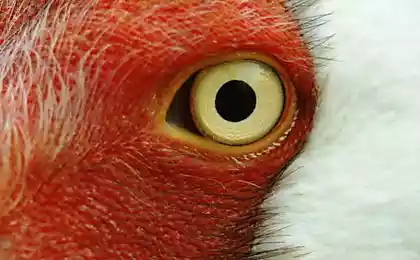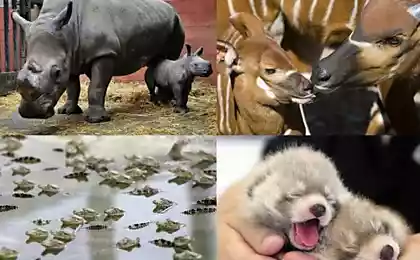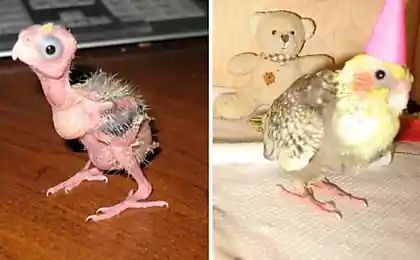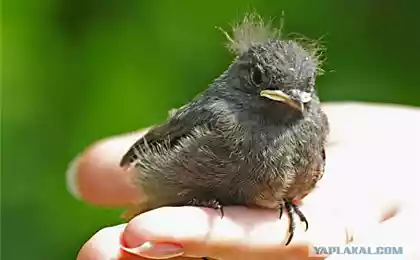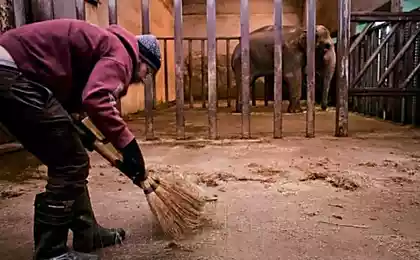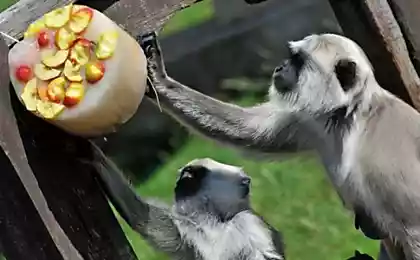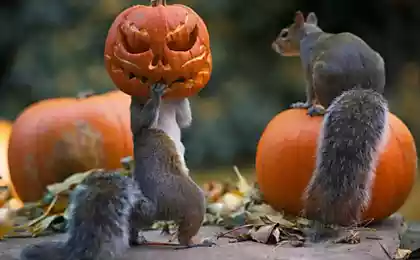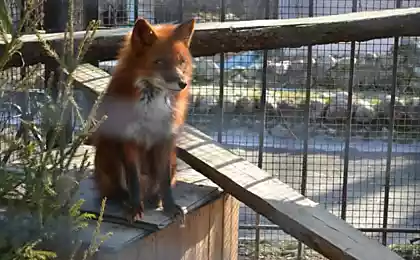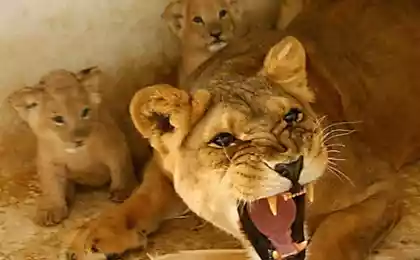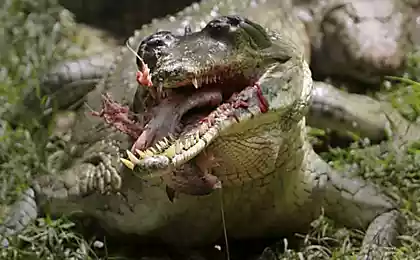183
At Franklina Zoo on the world's surface, a bird's tail
Wildlife Park Franklin (Franklin Park Zoo), which in Boston (Massachusetts) announced the birth of a chick of a rare white crane, or sterch. The parents of the baby, hatched on May 6, were a 20-year-old male named Snitch and a 22-year-old female Shakti.
Sterch (Latin Grus leucogeranus) refers to a species of cranes that are endemic to the northern territories of Russia. These birds are in danger of extinction and are listed by IUCN and CITES in the International Red Book, as well as in the Red Book of Russia. According to the latest data in the wild there are no more than 3 thousand individuals.
There are only 21 white cranes in the United States. Only four zoos in North America can boast of these rare white birds and they are all accredited by the Association of Zoos and Aquariums (AZA). The Franklin Zoo contains six sterchs, including this new chick hatched at their zoo.
The parents of the little sterch are pedigree birds living in Franklin Park Zoo since 1996. Since these white storks live in the high Arctic regions, each year, starting from February 14, the amount of light in their pavilion increases by one hour per week. Thus, the illusion of increasing daylight hours is created, to which birds living in the wild are accustomed.
According to zoo keepers, the light increases to 21-22 hours a day. As soon as the daylight reaches its highest point, the birds immediately begin a breeding period. The Franklin Zoo had the best success in breeding white cranes in North America.
It is worth noting that sterkhs nest exclusively on the territory of Russia. It is known that today two isolated populations of sterkhs have been recorded: in the Arkhangelsk region, the Komi Republic and the Yamalo-Nenets Autonomous Okrug, the western population lives, and in the north of Yakutia - the eastern one, which is in a more favorable state than the western one, whose population is from 2900 to 3 thousand individuals.
This luxurious bird, nesting exclusively in Russia, is rapidly dying out due to the rapid decline of the wetlands on which they feed.
Source: zoopicture.ru
Sterch (Latin Grus leucogeranus) refers to a species of cranes that are endemic to the northern territories of Russia. These birds are in danger of extinction and are listed by IUCN and CITES in the International Red Book, as well as in the Red Book of Russia. According to the latest data in the wild there are no more than 3 thousand individuals.
There are only 21 white cranes in the United States. Only four zoos in North America can boast of these rare white birds and they are all accredited by the Association of Zoos and Aquariums (AZA). The Franklin Zoo contains six sterchs, including this new chick hatched at their zoo.
The parents of the little sterch are pedigree birds living in Franklin Park Zoo since 1996. Since these white storks live in the high Arctic regions, each year, starting from February 14, the amount of light in their pavilion increases by one hour per week. Thus, the illusion of increasing daylight hours is created, to which birds living in the wild are accustomed.
According to zoo keepers, the light increases to 21-22 hours a day. As soon as the daylight reaches its highest point, the birds immediately begin a breeding period. The Franklin Zoo had the best success in breeding white cranes in North America.
It is worth noting that sterkhs nest exclusively on the territory of Russia. It is known that today two isolated populations of sterkhs have been recorded: in the Arkhangelsk region, the Komi Republic and the Yamalo-Nenets Autonomous Okrug, the western population lives, and in the north of Yakutia - the eastern one, which is in a more favorable state than the western one, whose population is from 2900 to 3 thousand individuals.
This luxurious bird, nesting exclusively in Russia, is rapidly dying out due to the rapid decline of the wetlands on which they feed.
Source: zoopicture.ru
